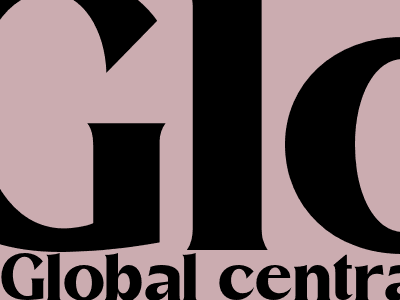
Global Central Bank Easing Cycle Grinds Along in October
October Sees Continued Easing by Central Banks Globally
As central banks around the world continue to grapple with the economic fallout from the COVID-19 pandemic, October saw a continuation of the global easing cycle. Led by major central banks such as the U.S. Federal Reserve and the European Central Bank, central banks have been cutting interest rates and implementing other accommodative measures to support economic growth.
Central Bank Actions in Developed Economies
In the United States, the Federal Reserve left interest rates unchanged at near-zero levels and maintained its commitment to continuing asset purchases. The Fed also announced that it would begin tapering its monthly bond purchases in November, signaling a gradual shift towards a less accommodative monetary policy stance.
The European Central Bank also left interest rates unchanged and reiterated its pledge to maintain favorable financing conditions. The ECB is expected to maintain its current accommodative stance for an extended period, as the eurozone economy continues to struggle with the pandemic's impact.
Central Bank Actions in Emerging Markets
In emerging markets, central banks have also continued to ease monetary policy in October. The Bank of England reduced its policy rate to a record low of 0.1%, while the Bank of Japan kept its benchmark interest rate unchanged at -0.1%.
Central banks in emerging markets have been particularly active in providing liquidity to their economies. The Reserve Bank of India, for example, has injected billions of dollars into the financial system through various liquidity measures.
Outlook for the Global Easing Cycle
The global easing cycle is expected to continue in the near term, as central banks remain focused on supporting economic recovery from the pandemic. However, the pace of easing is likely to vary across countries, depending on the specific economic conditions and the progress of vaccination programs.
In the United States, the Federal Reserve is expected to continue tapering its asset purchases in the coming months. The Fed is also likely to raise interest rates in 2023, as the economy recovers and inflation pressures build up.
In Europe, the ECB is expected to maintain its accommodative stance for an extended period. The ECB is likely to keep interest rates at current levels until the eurozone economy has made significant progress towards its inflation target.
In emerging markets, central banks are likely to continue providing liquidity and support to their economies. However, some emerging markets may face challenges in maintaining accommodative monetary policies due to inflationary pressures and concerns over capital outflows.